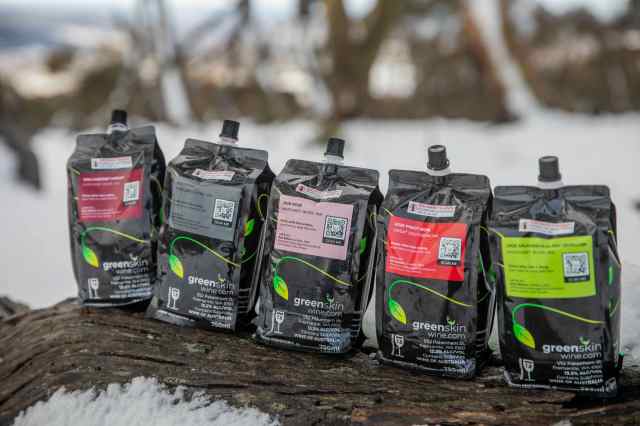
Damage in the supply chain is preventable. However, to eliminate damage, businesses needs to understand how and why packs fail in the first place. This includes understanding what types of damage can occur together with what damage and percentage of damage is acceptable.
In this article, Smithers distribution testing experts explore how they define packaging damage, and how this enables them to help clients optimise their packaging designs.
Why does damage need a definition?
Damage by its nature is unique and can mean different things for different clients, sectors and functions. For some businesses, varying amounts of surface damage to outer packaging can be tolerated, provided the product remains fully intact, functioning and is not contaminated. This may apply to the internal transport of goods, non customer-facing products, or in situations where the final product is used to save lives.
For many other businesses, any kind of damage to packaging, and in turn the product, would be problematic. It would simply end up as waste or heavily discounted. This is typically true for premium products through to everyday food and household essentials. Packaging damage inspections How Smithers defines packaging damage to help clients understand packaging performance
By defining packaging damage, boundaries are set as to what a pack should cope with during the supply chain.
Without definition, damage inspections would be inconsistent and lack the rigour that is needed for a packaging manufacturer or brand owner to have confidence in their packaging, and optimise designs accordingly.
What is damage inspection?
At a basic level, damage inspection is just that – inspecting damage. There are much deeper complexities though. Firstly, the intended supply chain routes need to be understood.
From this, a packaging testing laboratory can simulate modes of transport, expected climatic conditions, and physical challenges that the packs are likely to face. Prior to commencement of testing and following test completion, every aspect of the pack, including primary, secondary and tertiary packaging, labels, and the product(s) – will all be analysed by a packaging expert.
This allows the client to understand what occurred during the test and what was intrinsic following packing and shipping to the laboratory. This analysis is set against pre-determined criteria for all parts of the pack.
Inspections have to be extremely detailed to be effective, exploring even the smallest of imperfections following a simulated transit test. The damage can be mapped to the moment in the test that caused the failure.
One damaged item in a test environment could cause significant challenges in the real world supply chain.
As such, any issues have to be taken seriously at the earliest possible stage. Preventative measures can be made to optimize packs and limit the likelihood of failures in the field. Damage can range from a scuffed barcode through to the product leaking out of the pack and spoiling the rest of the shipment.
Who does this benefit?
As mentioned, packaging manufacturers and brand owners benefit from damage inspections before and after a product launches. Packaging inspections also benefit consumers, as they are more likely to buy products that are damage-free and have a better purchasing and unboxing experience.
Retailers also significantly benefit from packaging damage inspections. Failed packaging on a shelf is unlikely to be sold, as consumers may assume that the product has been damaged in transit (even if the pack has performed its primary function of protecting the product).
Likewise, poor customer reviews and imagery on social media of bad packaging will negatively impact retail performance.
Where in transit does damage occur?
Packaging damage can happen at any point in the supply chain. This includes packing, sorting, shipping, manual handling and forklift pallet marshalling. We also see a significant number of incidents happening in the ‘last 50 metres’ when entering retail environments.
This typically includes scenarios where issues are more likely to occur – such as when unloading a lorry, or packs being dropped from low/moderate height when stacking shelves.
How Smithers can support with packaging damage inspections
Smithers’ distribution testing experts work with clients around the globe to understand how their packaging performs in the supply chain. Smithers has developed an in-house set of damage criteria, fed by real-world transit data, industry intelligence, and reviews of thousands of packaging failures.
Its packaging experts work with clients to understand the challenges they are facing, and what they need to ensure confidence in their packaging designs.
Smithers experts will then perform simulated transit testing on their packs – replicating and accelerating real-life scenarios. Smithers will then monitor packaging during the test, and review every element of the packaging and product following testing. This is a rigorous process and ensures that a complete understanding of how and why a package may/may not be suitable for planned supply routes.


